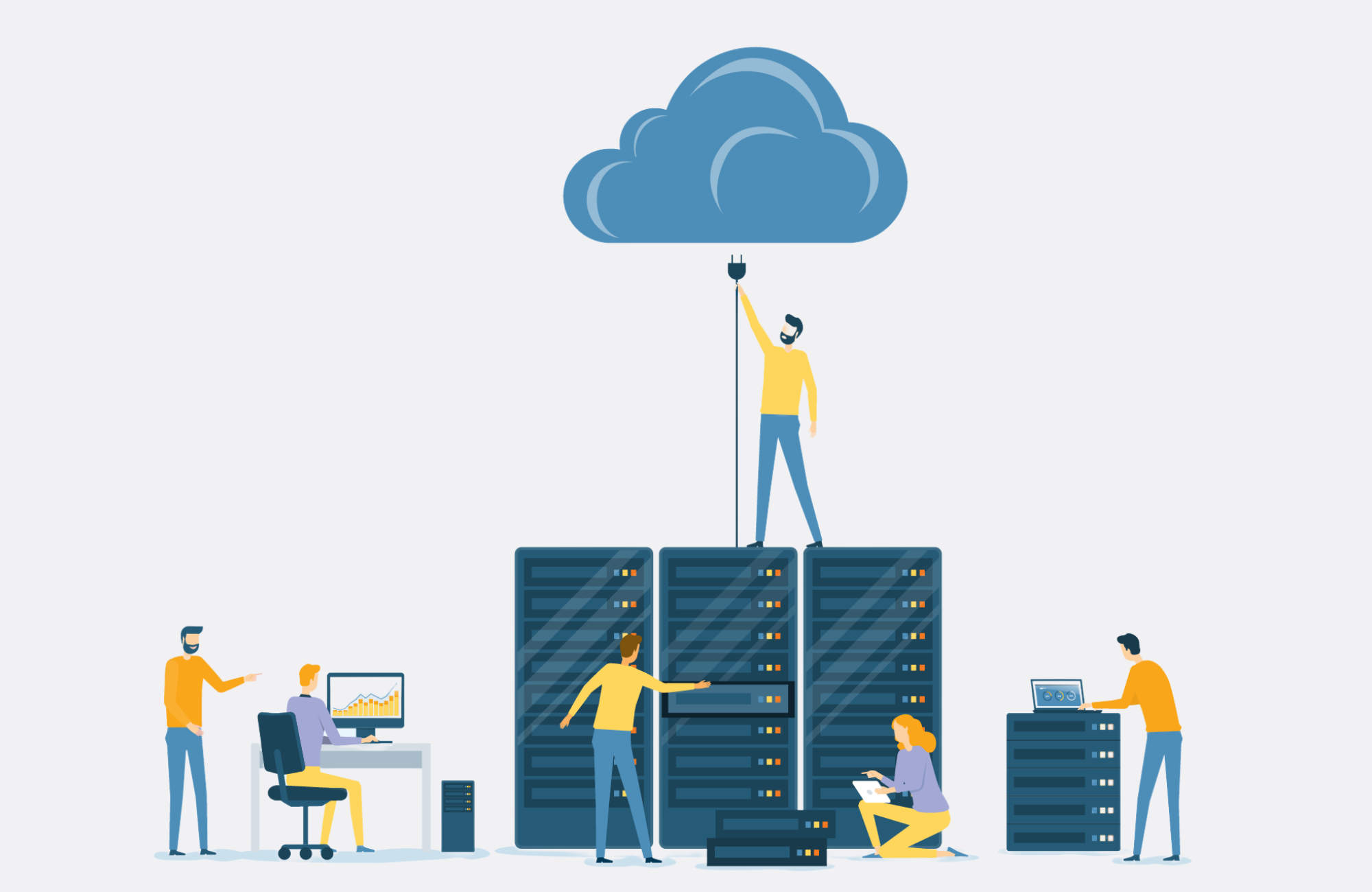In the data center industry, we are seeing a widening range of data centers. Cloud and Colocation facilities are larger and higher density capacity with electrical demand in the tens and hundreds of megawatts. There is edge computing where small data centers are distributed widely. Increasingly, we are seeing extreme weather conditions that lead to longer power outages. Data center energy management is a critical piece; data centers must have the ability to protect against these situations. Regardless of the size of the facilities, energy consumption and related costs are representing a larger portion of a data center company’s operating costs.
Data Center Energy Cost Projection
When considering such a large demand, looking forward and predicting your costs while not being subjected to fluctuations and unexpected increases in your operating costs related to energy acquisition can be an important factor. Small incremental change can have a huge effect. Any type of savings in how they acquire their energy can have a bearing on a company’s competitive edge.
On the demand side, operational needs have to be prioritized and assets procured to ensure that the facility will “weather the storm.” There are products that not only are energy efficient to reduce energy consumption but can actually earn income. On the supply side, benefits can be reaped from assets that can earn money or by having flexibility in your demand.
Energy Supply Cost Solutions
There are ways to tailor energy supply costs to the unique needs of the data center. Contract length, time of year and budget are important factors to consider; however, it is also the alignment of your capital investment and the question of whether it is in line with your supply rate strategy. Energy can be the 2nd or 3rd largest cost for a company, which warrants the question: Are you spending an equal amount of time focusing on the market impacts to your rate?
Most companies answer the above question with the same response – that with so many options in the supply rate, how do they prioritize suppliers and options? When looking at locking in a rate, understanding how Capacity, Renewable Portfolio Standards (RPS), Ancillaries, and Energy markets impact your current or future budget are now a necessity. The percentage of the cost that is energy has gone down, but the ancillary costs are up. This is where the capital projects you are investing in have their greatest impact. Reviewing your strategy to eliminate redundancy is important. Age and demand are the biggest factors suppliers use to determine price. Load profile and load factor drives price. Each state sets demand cost differently. The Natural Gas Market is a large driver of electric costs. Natural Gas Storage Stocks are a strong indicator of good buy times. Albireo Energy watches the market to analyze these trends. They help build a strategy around avoiding peaks and taking advantage of low points. They shift strategy from the demand side of the meter to the supply side of the meter by exploring ways to manage the demand cost. A company can change when electricity is being used, plan when to make or when to buy. Demand Management is a mix and match of both demand response and planned strategy.
Energy Efficiency Rebates
There are many programs that incentivize energy efficiency projects or baseload reduction. The idea is to take a holistic view and use data analytics to reduce your energy cost and reduce your energy usage. Albireo uses utility bill analysis and rebate investigation to identify centers that will be the best choice to invest in energy improvements. EYP and Albireo have developed an innovative approach to data center assessment. Using Albireo’s fault detection and diagnostics analytics across a period of time, they look for conservation measures to meet goals.
Energy Procurement Strategy
A first step in developing a strategy is conducting an audit of the operation to inventory equipment and condition. Albireo collects data and utilizes advanced analytics to understand long term performance. They will develop an energy conservation scope of work and estimate project costs, incentives and projected savings. They will assist in obtaining the maximum rebates and incentives that can significantly reduce payback time.
There is not much information on methods to manage energy costs and procurement strategy. Most aggregators or brokers are more interested in locking up contracts Albireo takes a proactive approach that focuses on educating customers. They will establish a buying process with the customer, communicating or providing the tools to communicate with stakeholders, determining what the key performance indicators are and empower the facility personnel to understand their role in the process.
Utility Module Platform
Albireo owns a software platform called utility module. This online utility management system centralizes information, provides annual budgeting, contract management and has a notification system for expiring contracts, late invoices and estimated reads. With this unique platform, Albireo differentiates itself in the market as a superior partner choice. Albireo is continually focused on helping customers build a strategy, freeing them to concentrate on their business to ensure protected operational excellence and peace of mind.
So regardless of the size of the facility, Demand Management can have a serious positive impact on the bottom-line for energy costs. Demand Management Service Providers bring experience, superior data analytics, familiarity with utility suppliers and knowledge of regional incentive programs to the table. Data Centers will do best to partner with a consultant that focuses on education and a customized strategy over working with an aggregator or broker that will encourage signing a standard contract that may not maximize opportunities.






